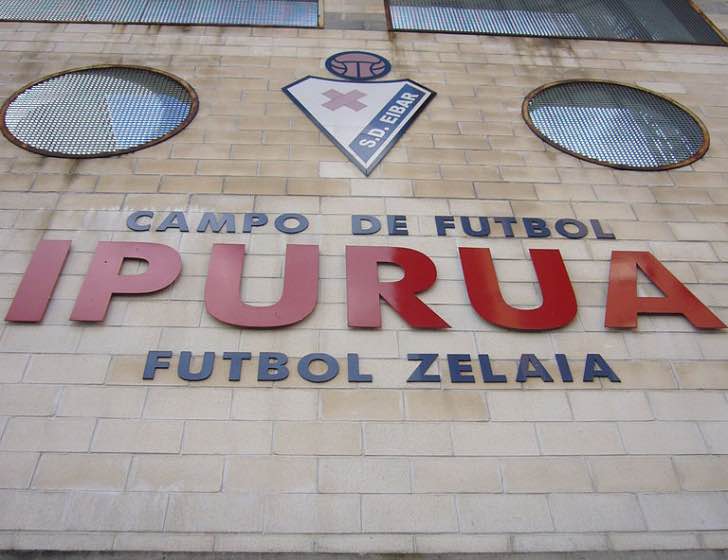Ipurua Municipal Stadium: SD Eibar
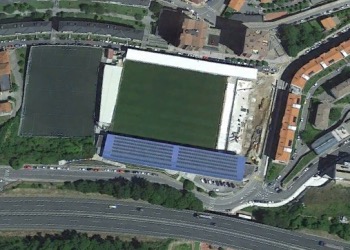
For seven seasons until their relegation in 2021, the Ipurua Municipal Stadium was the smallest football ground of any club in La Liga. No surprise, really, when you consider that the club that plays its games there only gained promotion to the Spanish top-flight in 2014 and had only been a regular Segunda División side since 1989. Sociedad Deportiva Eibar, better known simply as SD Eibar or even just Eibar, are a Basque side that was founded back in 1940.
For the first seven years of the club’s existence they played their games on field and grassy areas around the city of Eibar, in the region of Gipuzkoa, before building the Estadio Municipal de Ipurua. Translating to Ipurua Municipal Stadium in English, the club’s ground opened in 1947 and has been improved upon numerous times since then. With a capacity of a little over 7,000, the stadium didn’t set its record attendance until Real Madrid turned up for a La Liga game in 2017.
Stats
| Ipurua Municipal Stadium Stats | |
|---|---|
| Year Opened | 1947 |
| Capacity | 8164 |
| Average Attendance | 4962 |
| Record Attendance | 6694 (Eibar v Real Madrid (2017)) |
| Pitch Size | 103 x 65 (6695) |
| Nickname | Ipurua |
| Owner | Eibar City Council |
| Clubs Hosted | SD Eibar |
| First Fixture | SD Eibar v CD Elgoibar (14/09/1947) |
| SD Eibar Stats | |
|---|---|
| Year Founded | 1940 |
| Nickname | Armagiñak / Los Armeros (The Gunners) |
| Rivals | Real Sociedad |
| Kit | Claret & Blue Stripes (Home) / Green & Black Stripes (Away) |
| Training Ground | Atxabalpe |
| Shirt Sponsor | None |
| Team Owner | Fan Ownership |
| Record Goalscorer | Mikel Arruabarrena (44) |
| Record Appearances | Dani García (182) |
Ipurua Municipal Stadium Photos
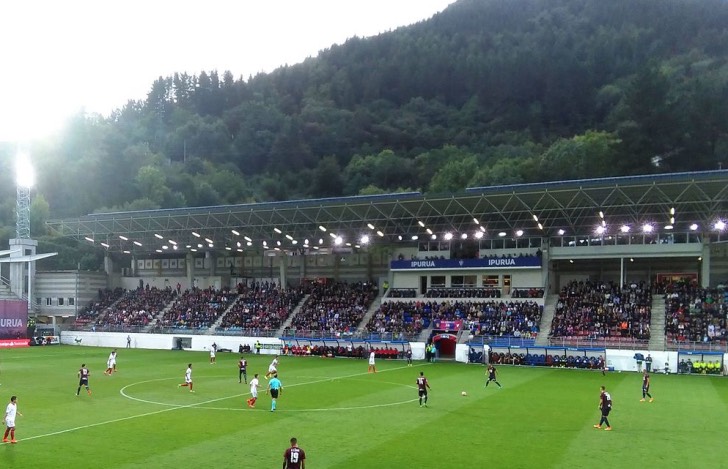
By Gartxoak (Own work) [CC BY-SA 4.0]
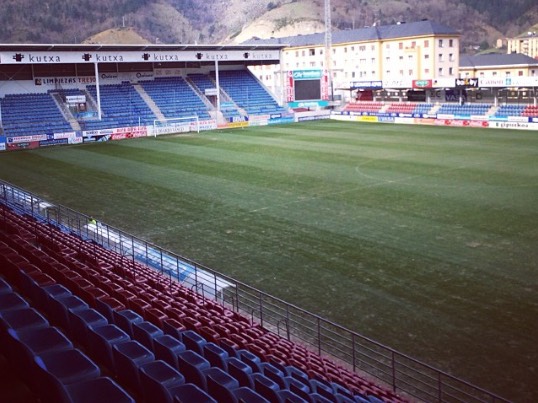
By Spmxa (Own work) [CC BY-SA 3.0]
Ipurua Municipal Stadium Seating Plan and Where to Sit
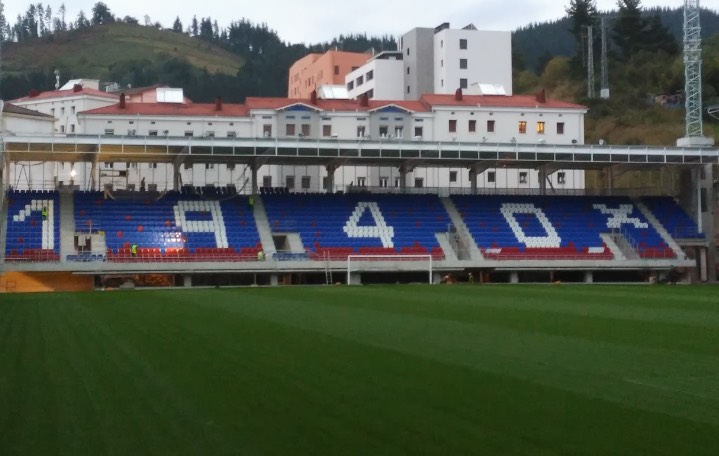
The stadium follows the more ‘English’ style of having separate stands on each edge of the pitch. This goes against the more European manner of having a bowl of continuous seating. In appearance it is somewhat similar to a League Two stadium in the UK. The North and South Stands run along the edge of the pitch and are low-rise in nature, whilst the East and West Stands are behind the goal and are where the away fans and Eibar’s most vocal supporters tend to sit. The North Stand is what you would consider to be the stadium’s main stand.
SD Eibar Ticket Prices
Ticket prices for football matches can vary depending on numerous things; how old you are, where you want to sit, the competition you’re going to watch and who the opposition is will all be factors. As a rough example, when Eibar played Las Palmas in 2017 the ticket prices ranged from €25 for tickets behind either goal to €30 for a seat in the corner and €30 for a ticket in one of the side stands.
How To Get SD Eibar Tickets
Eibar’s official club website is probably the best place to start, though the stadium rarely sells out so you’ll also have some luck if you just turn up on the day and head to the ticket window. Unless one of the big boys such as Real Madrid or Barcelona are in town you’d be unfortunate not to be able to get a ticket on the day.
Where to Buy
Getting To Ipurua Municipal Stadium
Train – Eibar is in the Basque region of Spain, so getting there by train will take about thirteen hours. Once you’re there there are four different train stations for the city, with Ardantza located around ten minutes walk from the stadium.
Bus – DB01, DB04 and DB44G are three buses that stop close enough to the stadium to mean that you can walk from where they drop you.
Car – If you’re driving to the ground then you’ll find it sandwiched between the GI2639 and N-634.
By Air – There are two airports not far from the city of Eibar, all things considered, with Bilbao Airport closest at around 45 miles away. San Sebastian is further afield at about sixty miles, but it also serves domestic flights only so that won’t matter too much if you’re coming from the UK.
Taxi – A taxi from the centre of Eibar out to the stadium will cost somewhere in the region of €12 and will take less than ten minutes, traffic dependant.
Parking Near Ipurua Municipal Stadium
There’s limited parking at the stadium itself, mostly reserved for club officials. You’ll be looking at on-street parking if you end up driving there and the underground car park beneath the stadium is full, so keep your eye out for any restrictions that are in place.
Useful Resources
Ipurua Municipal Stadium Hotels
Not exactly a tourist hotspot, you’ll struggle for somewhere to stay close to the ground. These are the best options we have found.
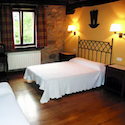
Aristieta - £50+
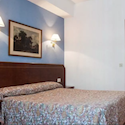
Hotel Unzaga Plaza - £60+
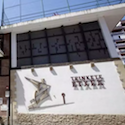
Albergue Trinkete Etxea - £70+
Pubs and Bars Near Ipurua Municipal Stadium
They might not have many hotels, but you won’t struggle for somewhere to have a pint in Eibar.
Laurel & Hardy Pub
O'jays Irish Tavern
Bar Txoko
Facilities
It’s basic but it’s comfortable, with the odd touch that might impress you.
Hospitality
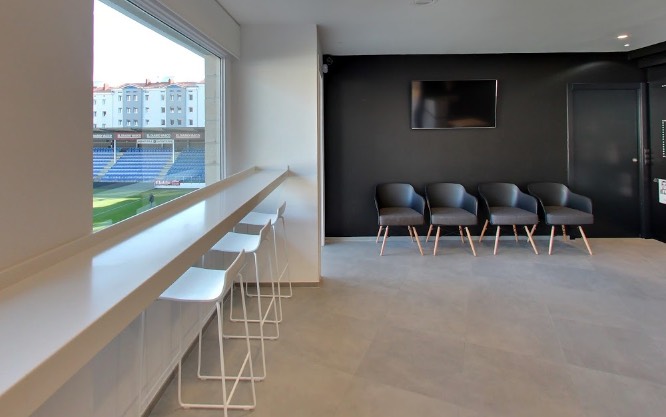
The basic nature of the Ipurua Municipal Stadium means that hospitality isn’t the same as you might expect from a visit to the Nou Camp or the Mestella. That said, Eibar still do their best to welcome those supporters who like to enjoy a more formal setting. There are some hospitality lounges within the main stand of the stadium where you can enjoy a view of the pitch from a glass-fronted box, for example.
Private Hire
Much like with the hospitality, the fact that the ground isn’t exactly the largest in Spain means that private hire isn’t high on the club’s list of priorities. If it’s something you’re interested in then be sure to drop them a line.
Stadium Tours & Museum
At the time of writing it is not possible to do a tour of the stadium except on Google Maps. If that changes we’ll obviously update this part of the guide.
About SD Eibar
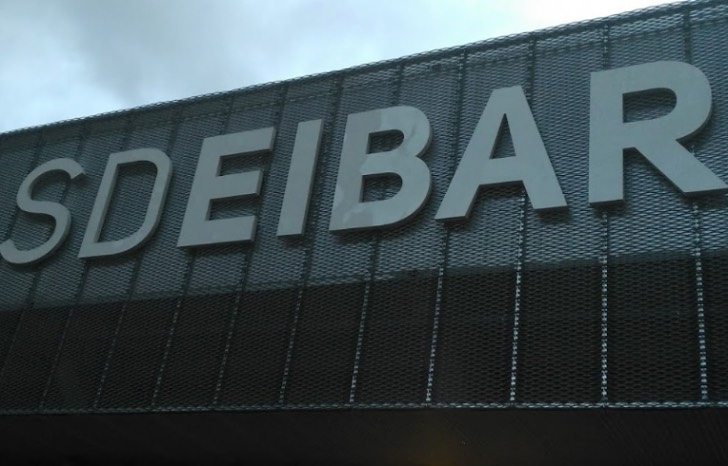
There are around 10,000 shareholders of SD Eibar and they’re based in about seventy country around the world. That should give you some idea of how this fan-owned club tends to operate. It’s all about personal experience and togetherness and has been ever since the club’s formation in 1940. The club came about because of the formation of two different clubs within the city of Eibar, namely Deportivo Gallo and Unión Deportiva Eibarresa. Initially it was known as Eibar Fútbol Club and was what the Spanish call an ‘irregular team’.
The English would probably call that an amateur side, but they got their act together pretty quickly and started playing full-time ahead of the 1943-1944 season. They gained promotion to the Tercera División in 1950 and had a brief stint in the Segunda División before heading back down until 1989. In 2009 they dropped to the Segunda División B, which makes their promotion to La Liga in 2014 even more impressive. Many considered that they would drop straight back and indeed they did. Fortunately they were re-instated when Elche were relegated instead because of financial problems. They’ve remained in the Spanish top-flight since.
Ipurua Municipal Stadium History

The Ipurua Municipal Stadium was built in 1947 as a permanent home for SD Eibar. There wasn’t much to it to begin with and it wasn’t until the development of the main stand began in 1948 that things started to look interesting. It took three years for the stand to be completed, but at that point other problems started to rear their head. Because the stadium is at the bottom of a valley the pitch tended to get flooded regularly. The club installed a drainage system to cope with any poor weather in 1959, levelling the pitch at the same time.
Ten years or so of quiet followed, before more changes took place in 1970. Floodlights were installed for the first time and the coverage over the main stand saw an extension added to it. The club also decided to put a roof over the Preferente End, which was popular with the more vocal supporters. Some basic improvements took place through the 1980s, then at the end of the 1990s some more severe restructuring took place. The original main stand was knocked down and a new one built in its place, then the two stands at either end of the ground were completely refurbished.
Future Developments
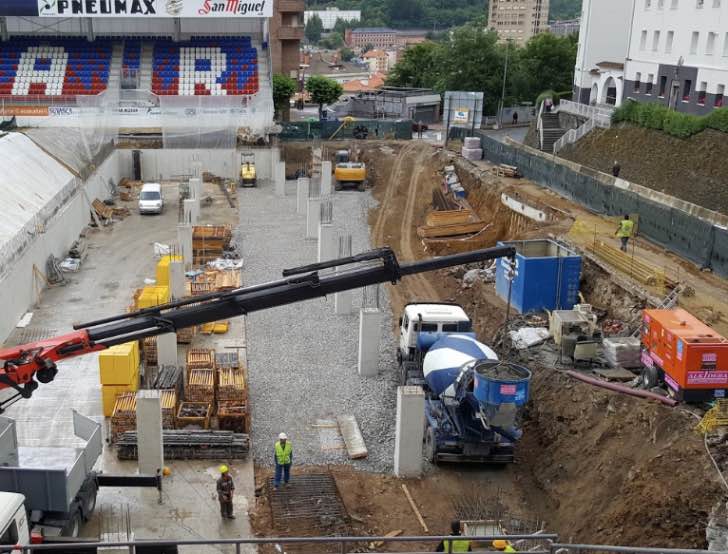
In 2014 the North Stand was redeveloped, then in 2016 the East Stand was demolished and rebuilt. This saw the capacity improve to over 7,000 seats. Next it was the West stand’s turn, bringing the capacity to over 8,000, but since all this work has been completed further development and time soon is unlikely.

